Right after the full moon of December, Chinatown in Yokohama city, Kanagawa province, Japan has been bustling with shopping and enjoying Tet.
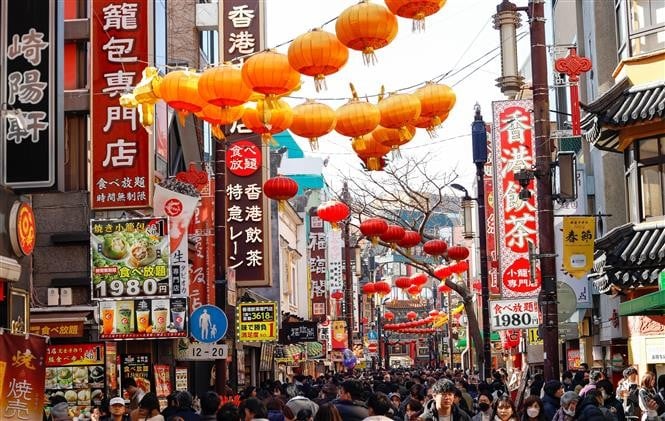 |
| Chinatown in Yokohama city, Kanagawa prefecture (Japan) is splendidly decorated to welcome Lunar New Year. (Source: VNA) |
Like other East Asian countries that still keep the tradition of celebrating the New Year according to the Lunar calendar, Lunar New Year is the biggest event according to the concept of Chinese people in general and the Chinese community in Japan in particular.
Chinatown in Yokohama city, Kanagawa prefecture, Japan is bustling with the atmosphere of the Spring Festival, an event that is often held on a large scale here every time Tet comes and Spring comes.
According to data from the Immigration and Residence Services Agency of Japan, as of the end of 2022, the Chinese are the largest foreign community in Japan with nearly 800,000 people. Therefore, it is understandable that Chinatowns always recreate traditional cultural features and spaces imbued with their national identity right on the land of the Rising Sun during the Lunar New Year. Of which, the oldest and largest Chinatown is located in the center of Yokohama city, the capital of Kanagawa prefecture.
The Chinatown in Yokohama city is always splendidly decorated at this time of year, characterized by rows of red lanterns appearing on most streets as well as many diverse items of types and designs for sale to serve the shopping needs of the people during Tet.
Not only do Chinese people living, working and studying in the Kanto area come to visit, shop and worship at temples, but many local and foreign tourists also come to experience the atmosphere of Lunar New Year.
Sharing their feelings about coming here during the traditional Asian New Year, two Australian tourists said: “We feel really great because we had a special opportunity to walk around, see everything and enjoy this rare atmosphere. I hope the new year will bring more experiences, health and time with loved ones.”
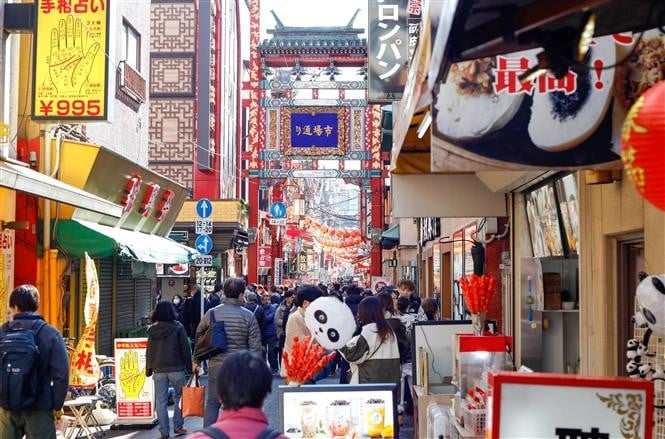 |
| Bustling scene at an entrance to Chinatown in Yokohama (Japan). (Source: VNA) |
Lunar New Year is also an opportunity for businesses in Chinatown to boost sales, making up for the low customer season of the year. During this time, souvenir shops, traditional Chinese clothing stores, antique stores, traditional Chinese medicine stores, gem stores, calligraphy shops, etc. are always bustling with customers coming in and out, choosing and shopping for their favorite items.
In particular, visitors here can enjoy many dishes with typical flavors of many regions of China such as Beijing, Sichuan, Shanghai, Guangdong, along with many famous Asian dishes at restaurants from high-end to popular and street food . These include panda buns, candied fruit, Beijing roast duck, sesame donuts, Taiwanese milk tea, etc.
“Our business this past year has not been as good as previous years, partly due to the general economic difficulties in Japan, but also partly due to the saturation of business in this neighborhood,” said a Sichuan restaurant owner in Chinatown. “I hope that things will gradually recover in the new year, especially the number of Chinese tourists coming to Japan, and we plan to expand our business to other areas of Japan to get better revenue.”
After Japan implemented the Open Door Policy and the first opening of Yokohama Port in 1859, many Chinese came to Japan to settle and live, mainly from Guangdong, and gradually formed a Chinatown here. In 1955, this place was officially recognized as "Yokohama Chinatown". With a history of more than 160 years, Yokohama Chinatown is the largest Chinatown in Japan, followed by Chinatowns in Kobe and Nagasaki.
During the Lunar New Year, this is a must-see destination for Japanese and international tourists who want to experience the unique traditional culture of the Chinese people.
Source




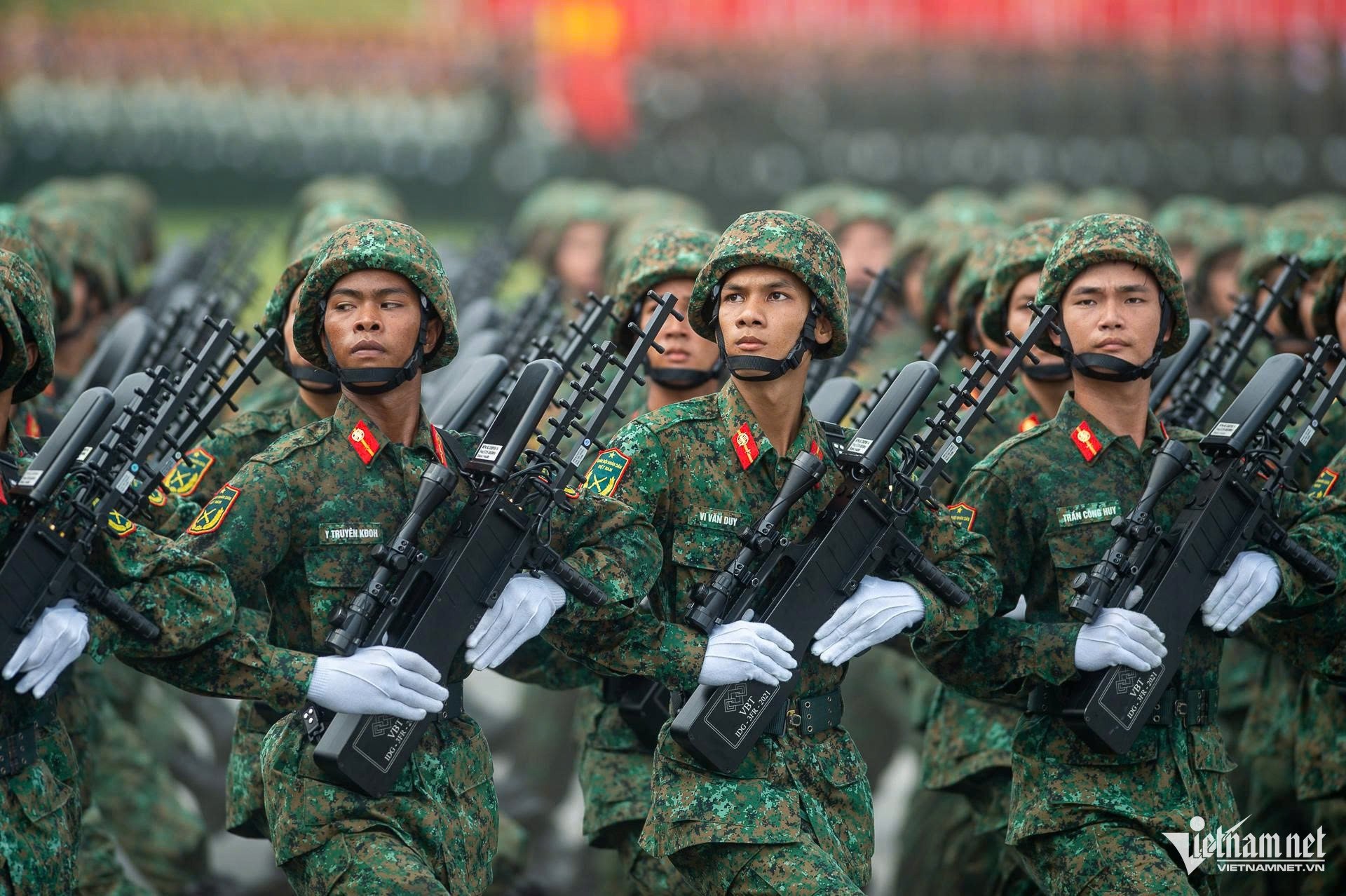

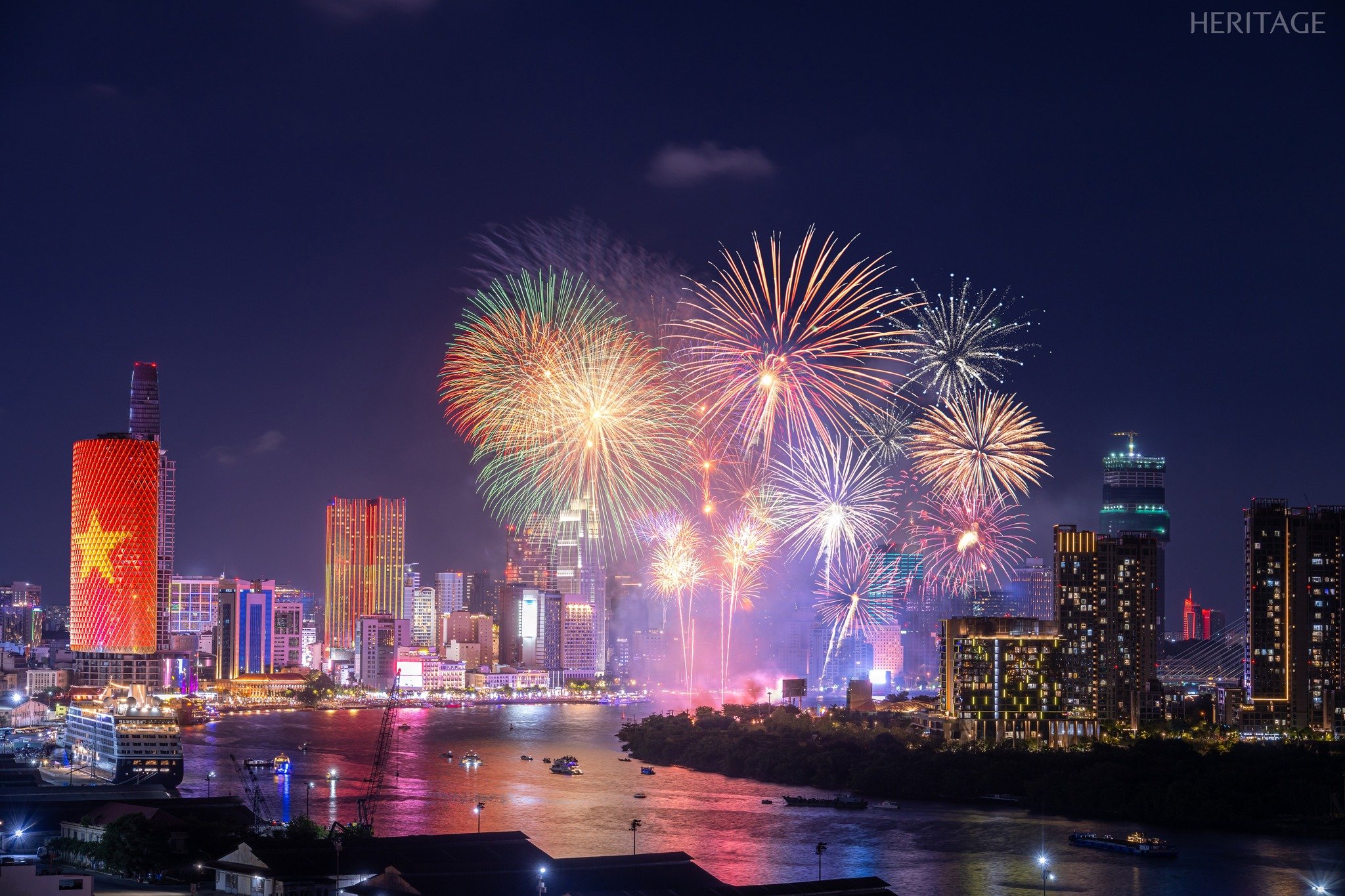
![[Photo] President Luong Cuong attends special political-artistic television show "Golden Opportunity"](https://vstatic.vietnam.vn/vietnam/resource/IMAGE/2025/8/22/44ca13c28fa7476796f9aa3618ff74c4)

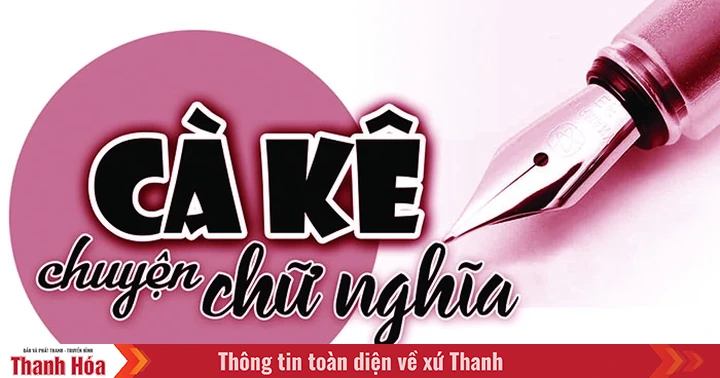

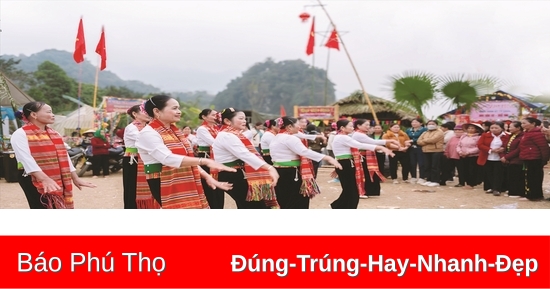

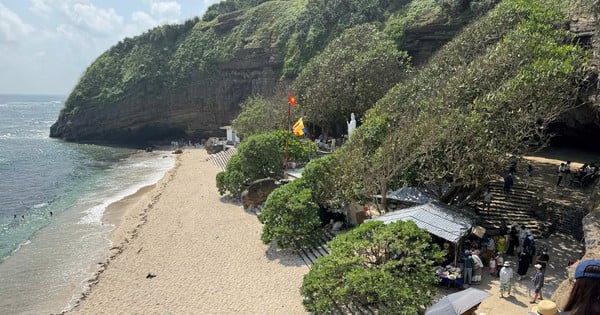

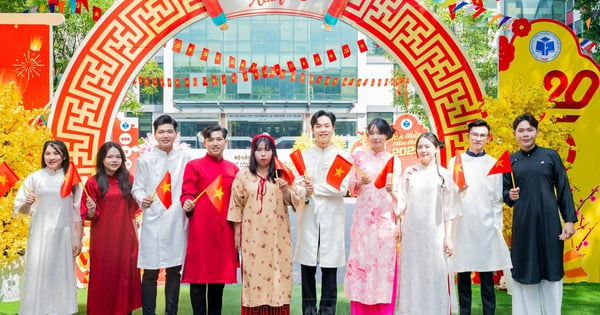




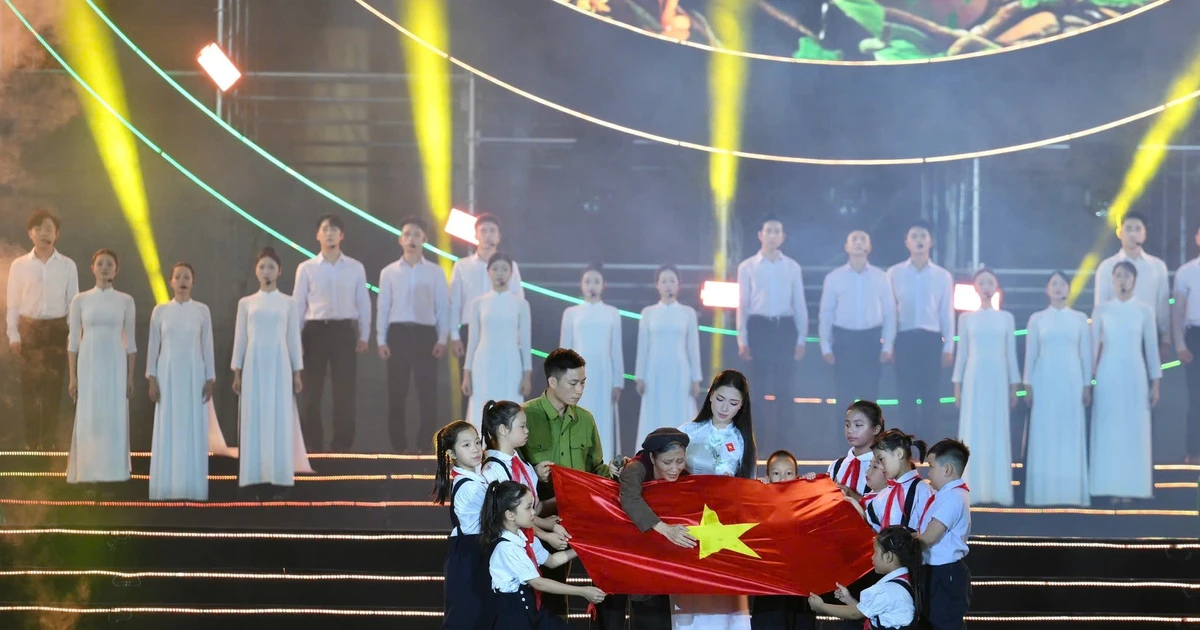



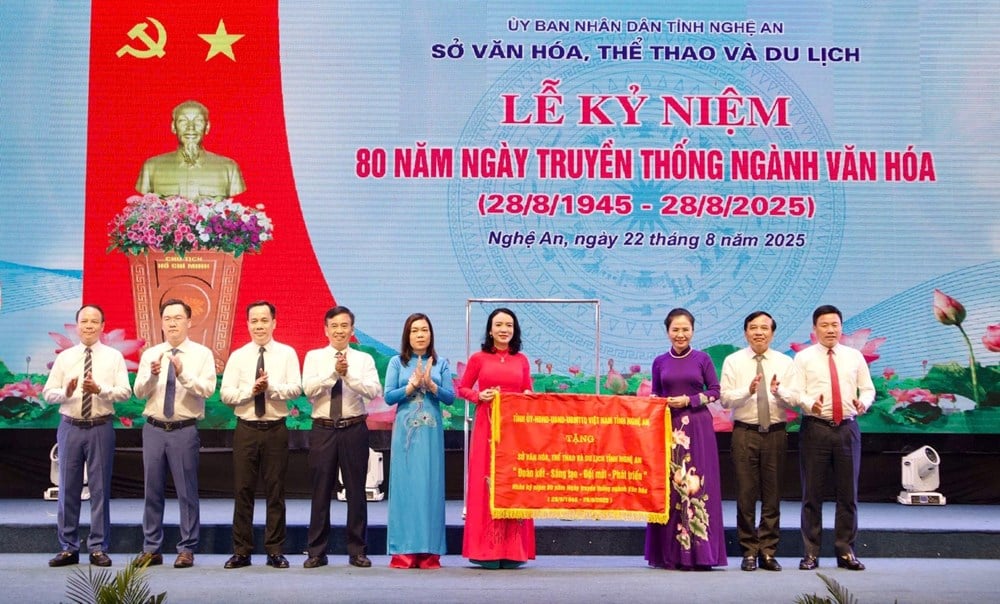










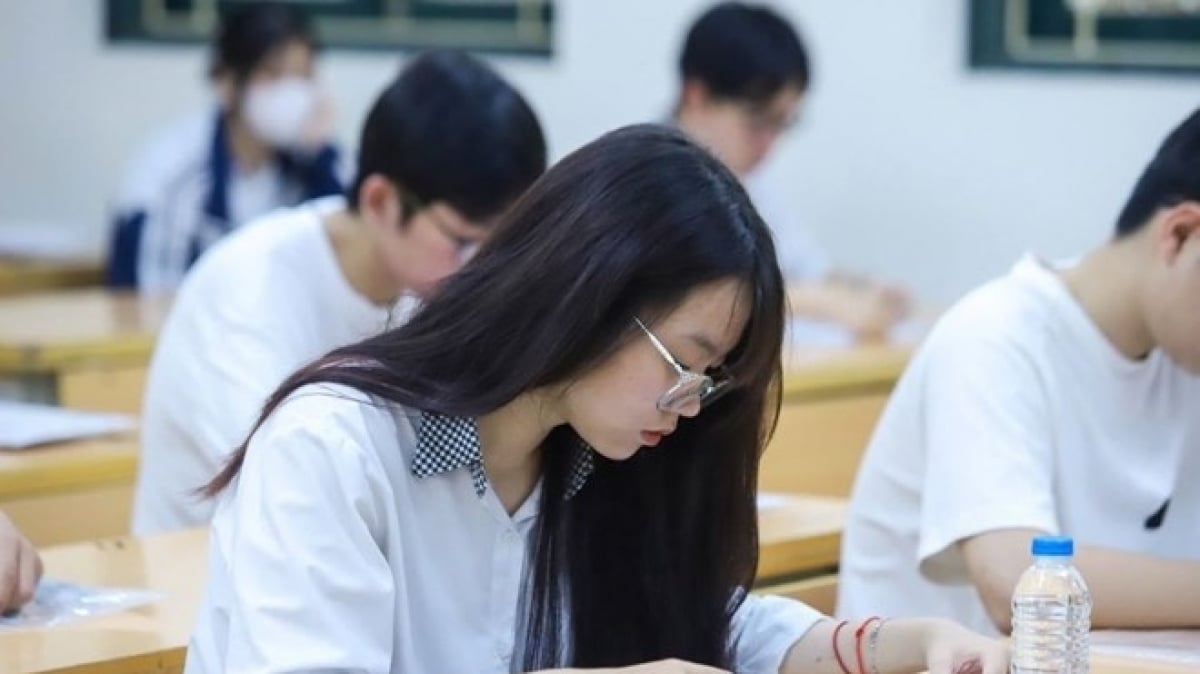
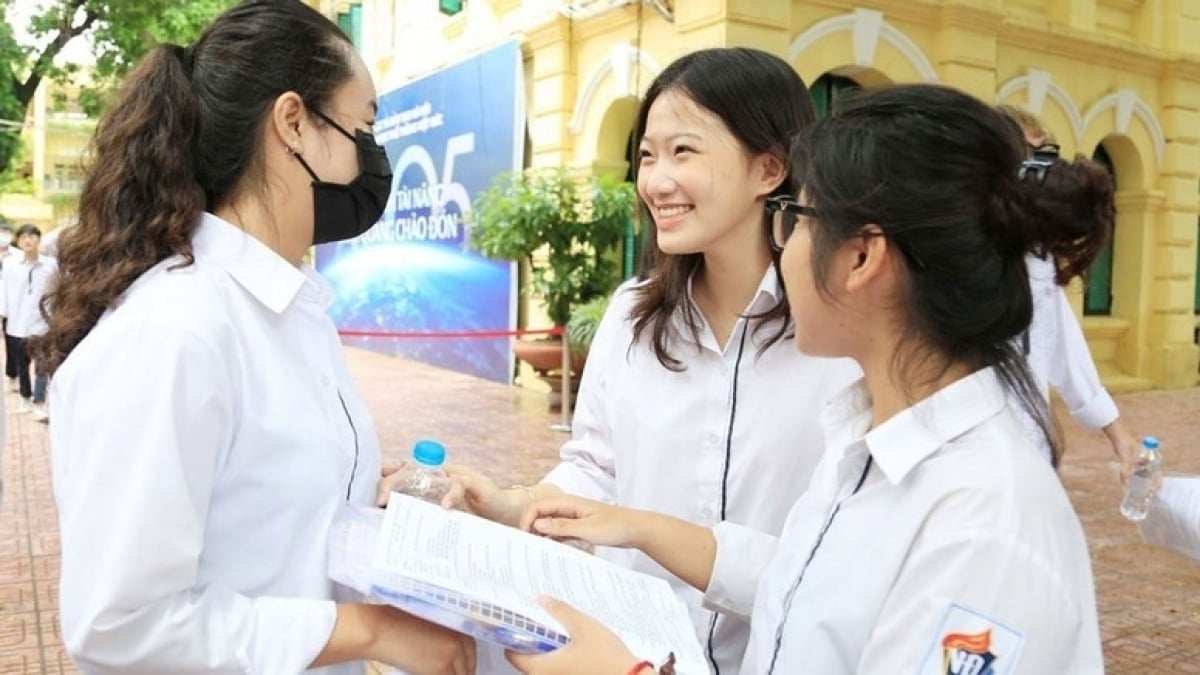

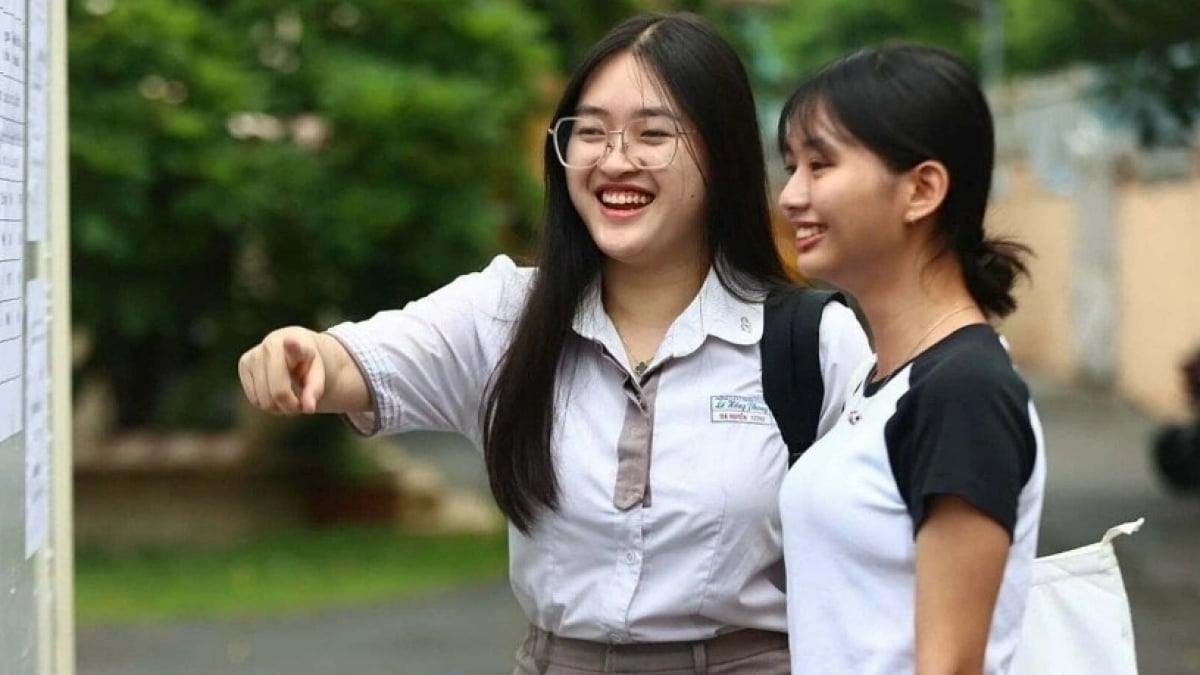
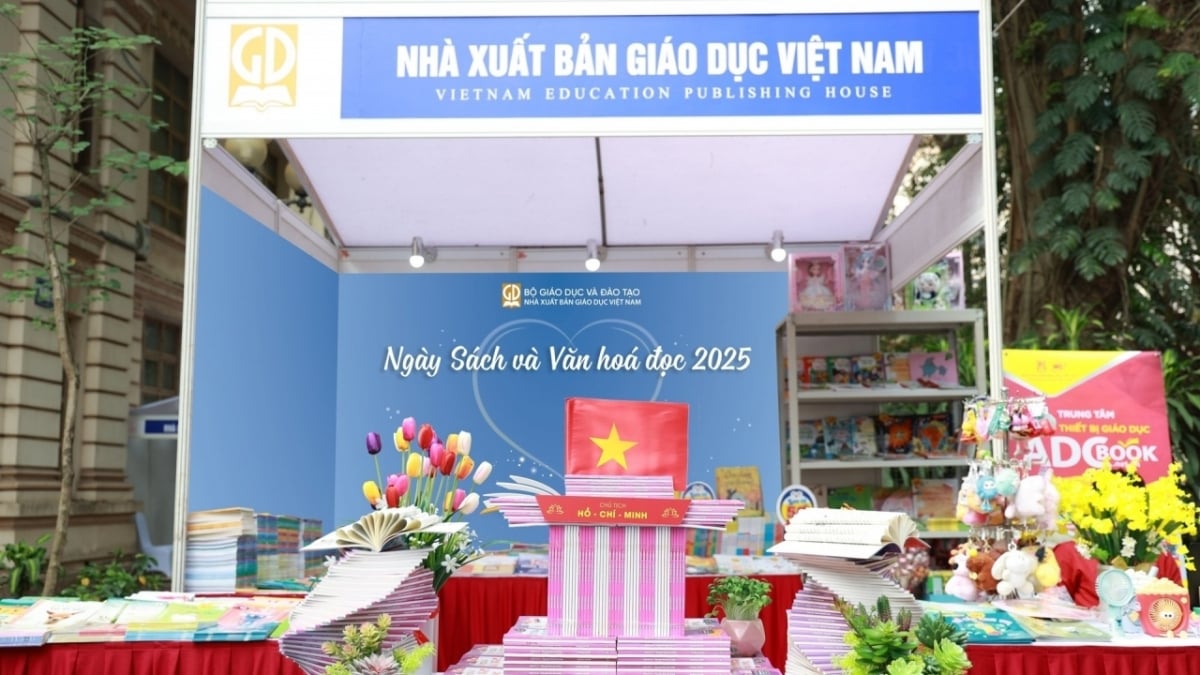
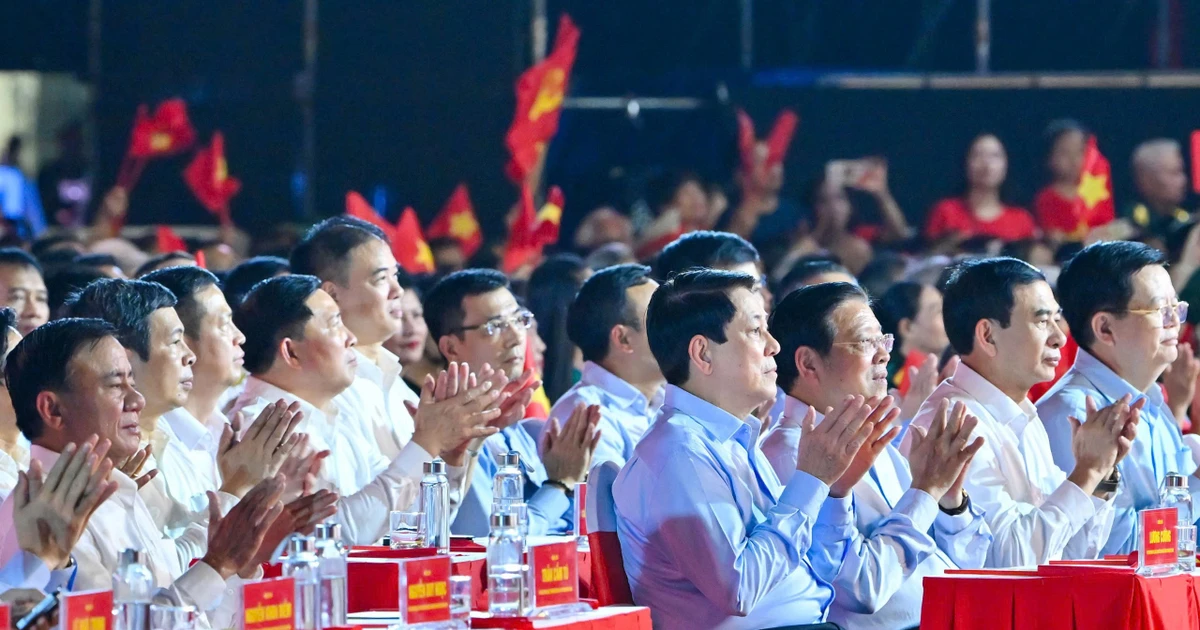



























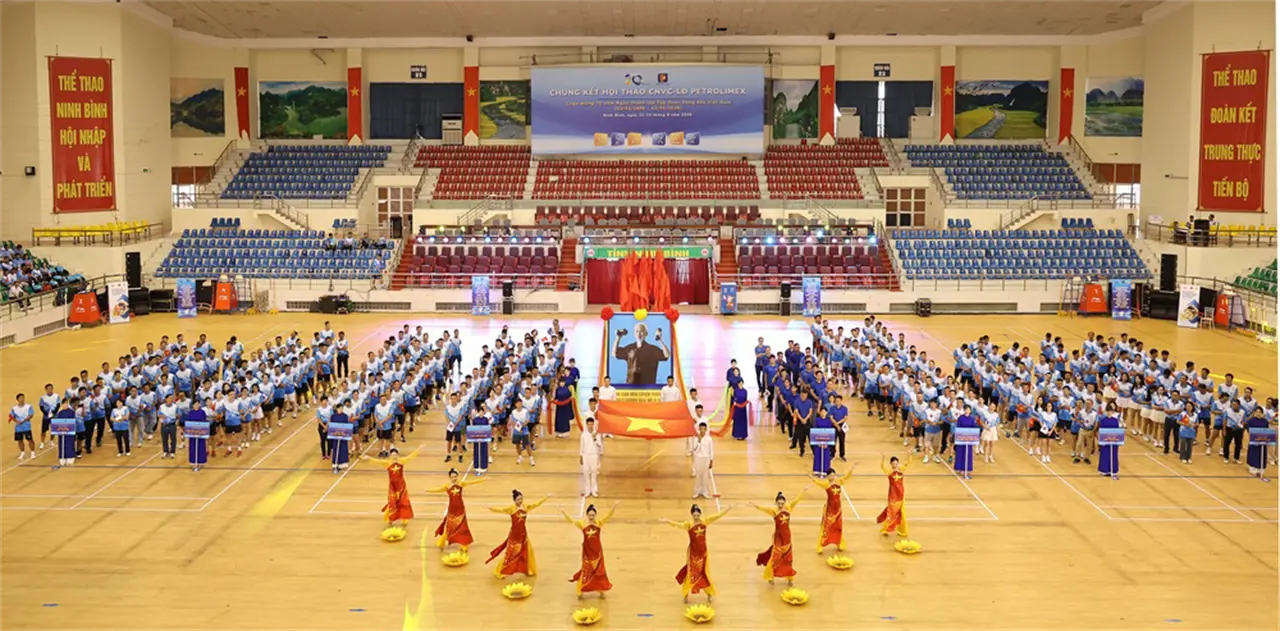





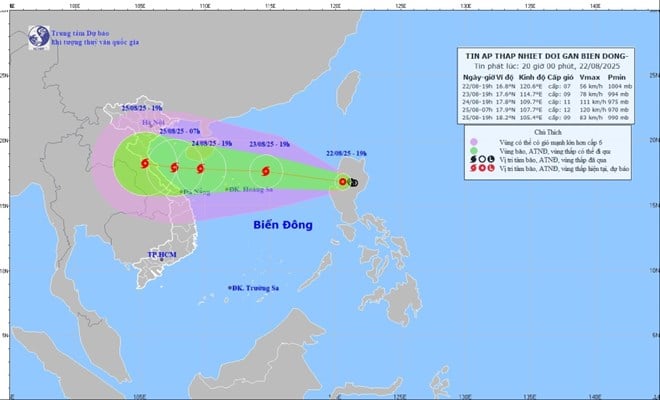

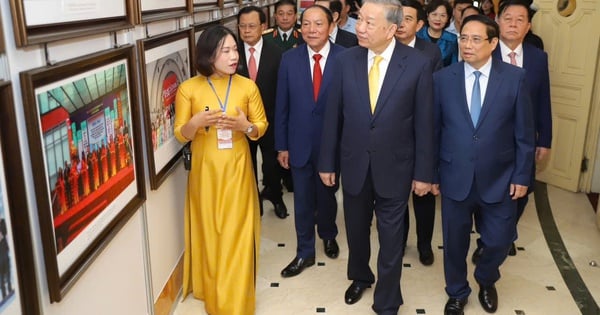

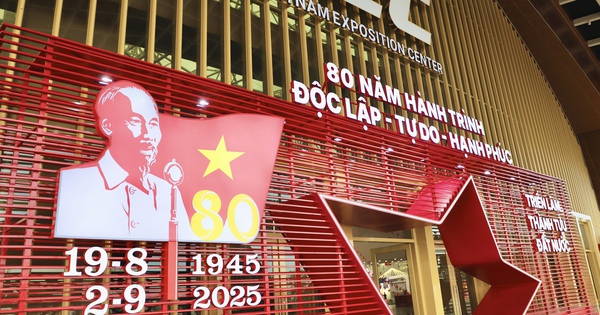



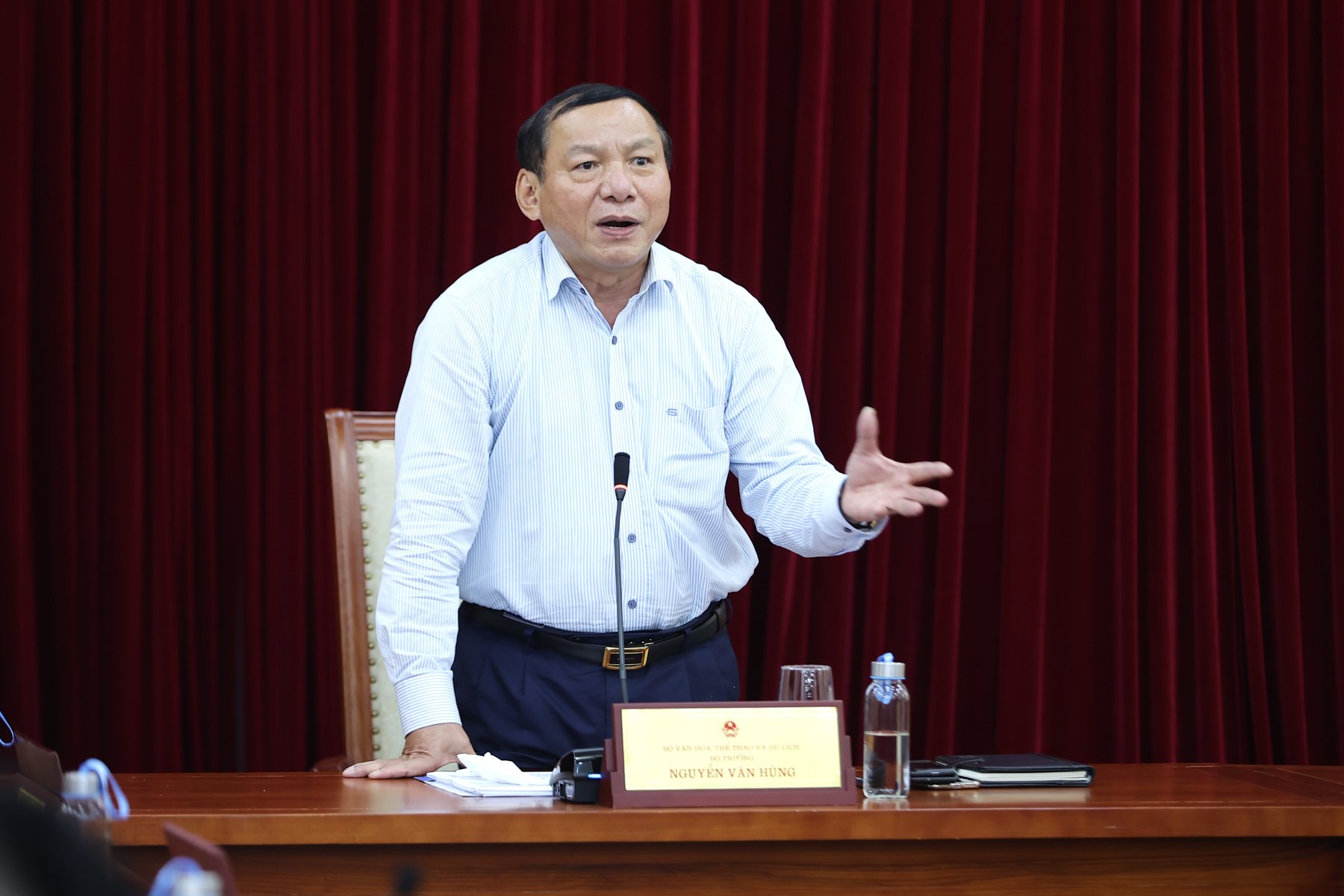

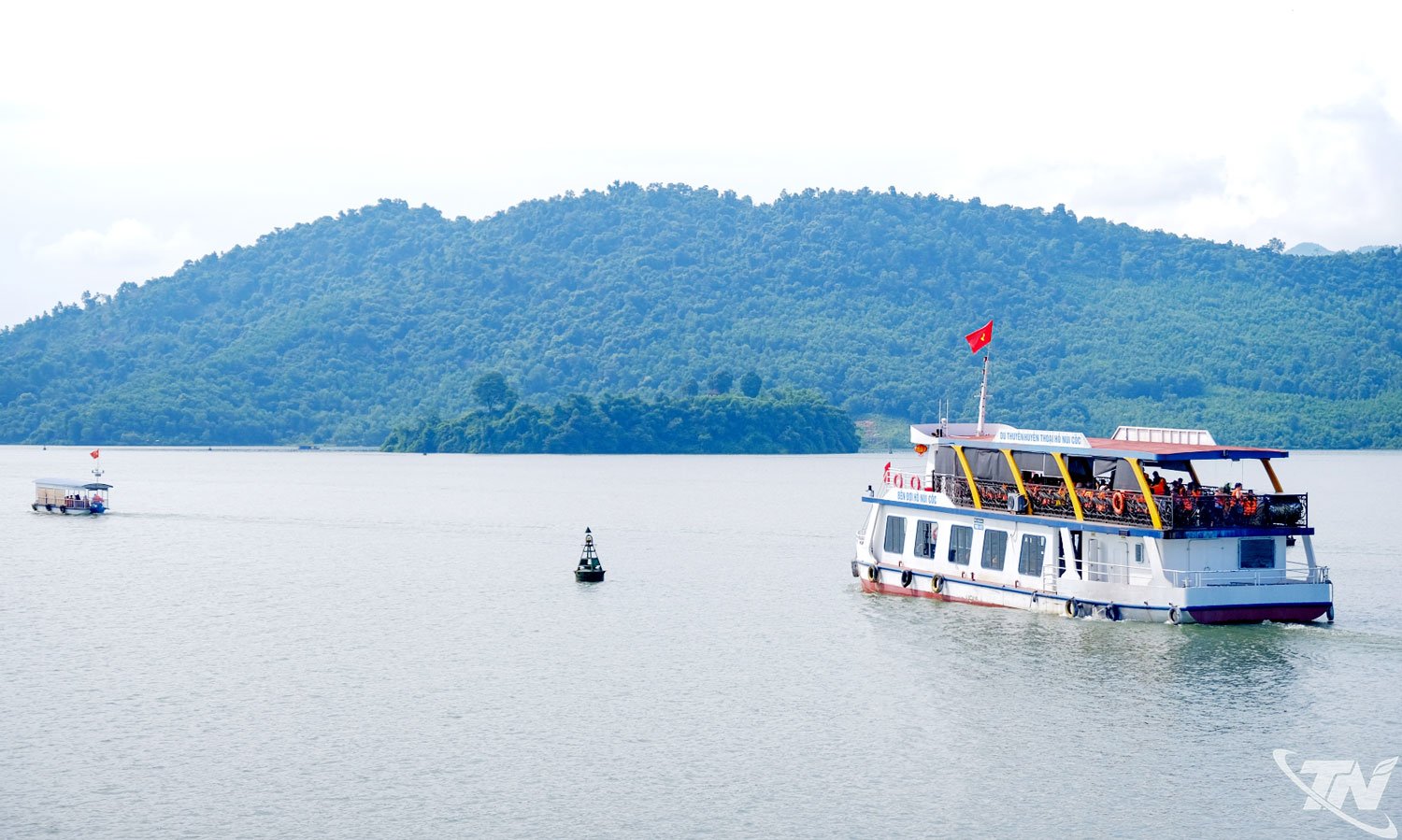



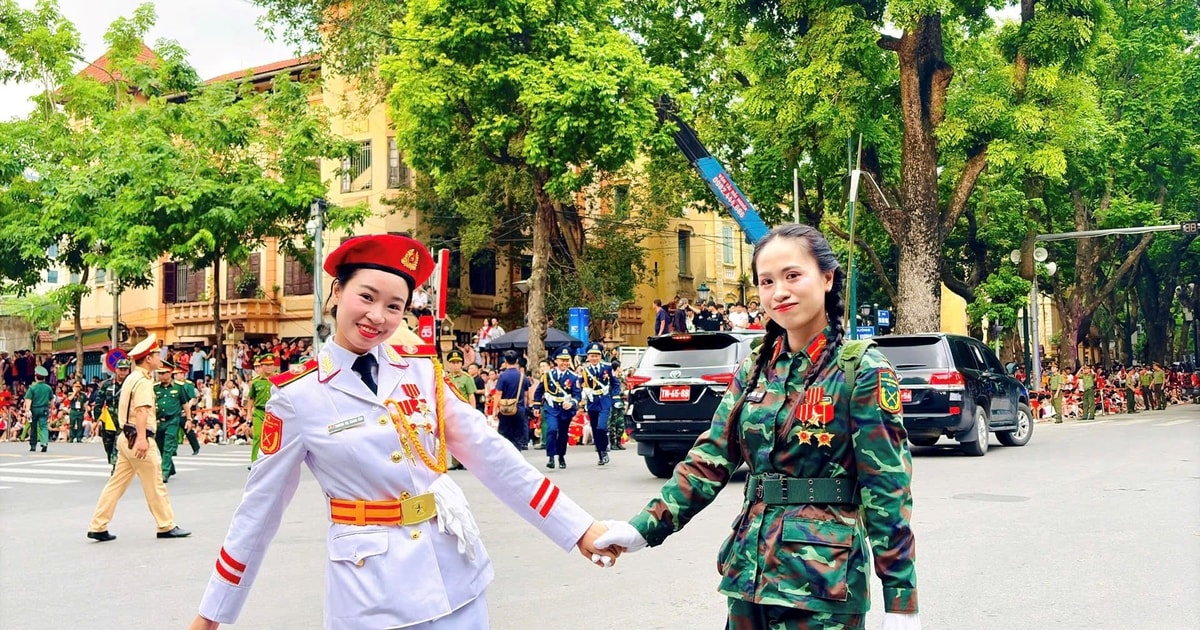

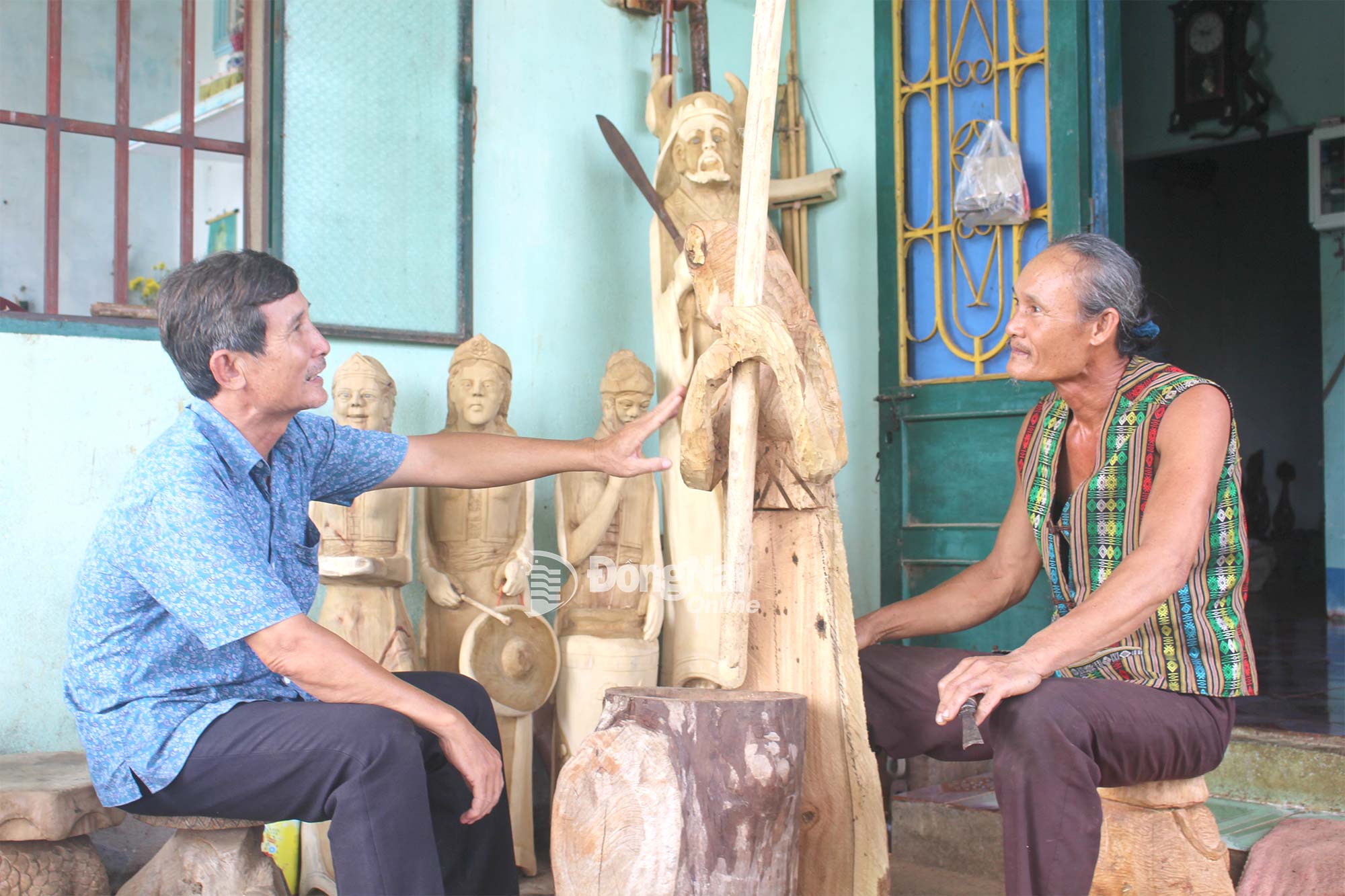

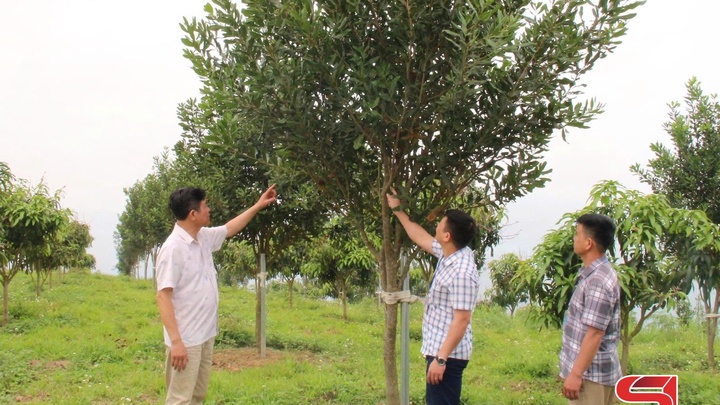

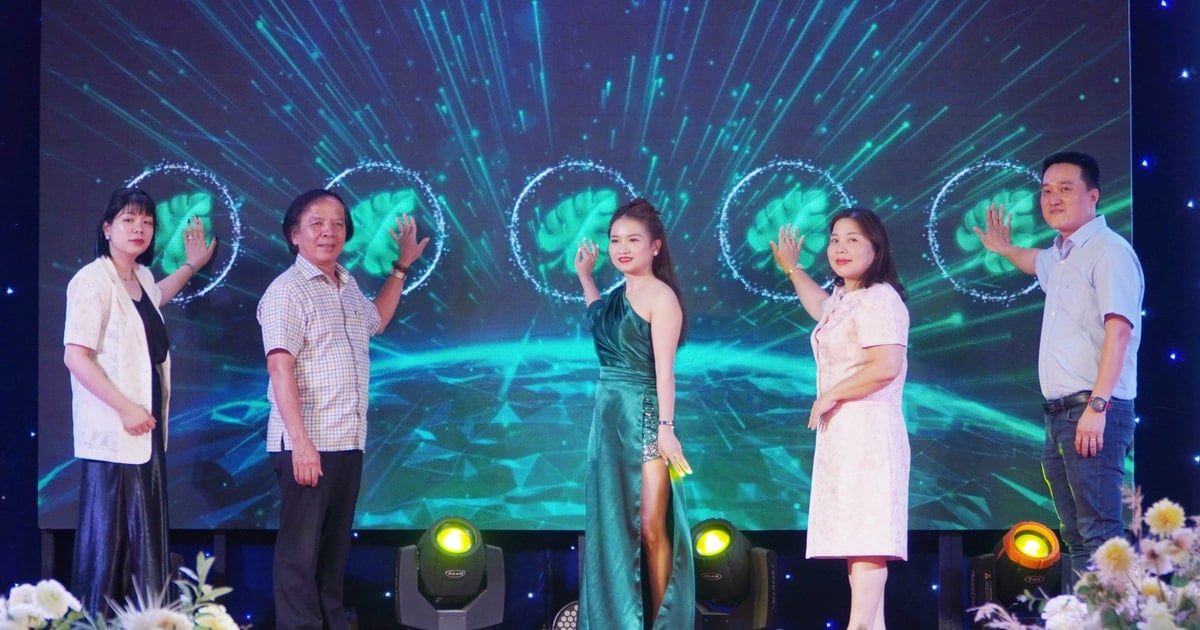












Comment (0)